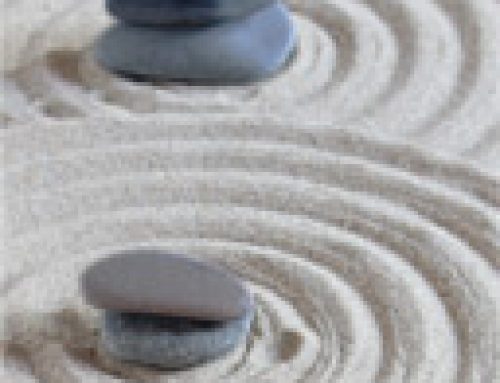From Overture, American Federation of Musicians
by Debby Jay
After a long day in the recording studio, are you physically and mentally exhausted? After hours of practicing for an upcoming concert, are you a mass of aches, pains, or numbness? As a professional, you must cope every day with the intense physical and mental demands of the music business. With your focus on the conductor, your music and the correct fingering, it is easy to lose sight of the big picture. From the point of view of someone who practices the Alexander Technique, the big picture includes a subtle, keen awareness not only of your music but of how you are playing so you can avoid unnecessary strain.
So. You might ask, “What can the Alexander Technique offer me to make my professional life less physically exhausting, less plagued by neck, shoulder and back pain, numbness in the hands and even stage fright?” The answer is, “A lot!”
Since the work was developed over 100 years ago, musicians have been enjoying the benefits of practicing the Alexander Technique as well as their music. The benefits include rehabilitation from and prevention of neck and back pain, tendonitis, joint problems, fatigue and repetitive strain injuries (RSIs). Other advantages include increased mental clarity and greater physical enjoyment while playing.
How can one technique possibly accomplish all of this? Here’s how: The Alexander Technique heightens your awareness of your body so that you can better align your head, neck, and back. This frees up your entire neuromuscular system. With improved integration of your nerves and muscles, you become a more finely-tuned instrument. Lessons in the Technique help you to develop a more accurate feedback mechanism among your brain, nerves, and muscles – a mechanism that alerts you as soon as you start to overwork or compress an area of your body. After a moment’s pause, you begin to let go of unnecessary tension by thinking of your Alexander directions.
Here’s how it works: In a series of private lessons, your Alexander teacher will observe you as you perform everyday activities: walking, bending, sitting down and rising from a chair. If feasible, your teacher will watch you play your instrument. After analyzing your movement pattern, your teacher will guide you with words and a gentle touch to help you become aware of any habits you have of compressing or clenching your muscles. The teacher will continue to guide you as you walk, sit or play a few scales. You will experience an easing of the neck muscles so your head can be poised freely on the top of your spine. This encourages an easy lengthening through your upper body and heightened awareness of your hip joints and legs so you can feel more grounded. Most students are amazed by the lightness and ease they experience during a first lesson.
The Alexander Technique is very practical. One of its unique features is that, after several lessons, you can start to use it effectively on your own. You can “think Alexander” while you practice, during a recording session and on the concert stage and being able to feel an immediate change in your physical and mental state. In other words, you don’t need to take a break or get a massage to bring about relief from muscular tension or stage fright. By using the Technique, you reduce the static created by your old habits of compression. Now, your entire body works more fluidly.
The Alexander Technique has helped many musicians solve postural problems that cause discomfort and pain. When one successful studio musician in his early forties began lessons, he was concerned about the tension in his shoulders and back that developed after sight-reading complex charts during long recording sessions. He worried that the wear and tear of being a successful session player might prevent him from enjoying a long career.
His Alexander teacher immediately noticed that his posture was the underlying cause of his discomfort. As he sat at the piano, because his torso was not balanced, the weight of his shoulders and arms pulled him down toward the keys. During his first lesson, he experienced considerable relief from his usual habits of compression. After several lessons, he has begun to develop the coordination to better support his torso. He now sits comfortably without a backrest and has noticed a marked improvement in his ability to work long hours without feeling wasted at the end of the day. Some fellow musicians even commented that he looked like he had lost weight, even though he confided to his teacher that he had not!
In another case, a violinist with the Los Angeles Philharmonic was facing an important audition. He knew that this would involve intense preparation with long hours of practicing. Having heard that the Alexander Technique might be able to help him, he decided to go for lessons. Over several weeks, his teacher analyzed his playing technique with an eye toward improving the overall way he approached his instrument. As he learned how to play with greater ease, he was able to practice effectively, without strain. He even used the Technique during the audition to help him focus calmly on the music. Much to his delight, he got the job and credits the Alexander Technique with helping him to achieve his goal.





Leave A Comment